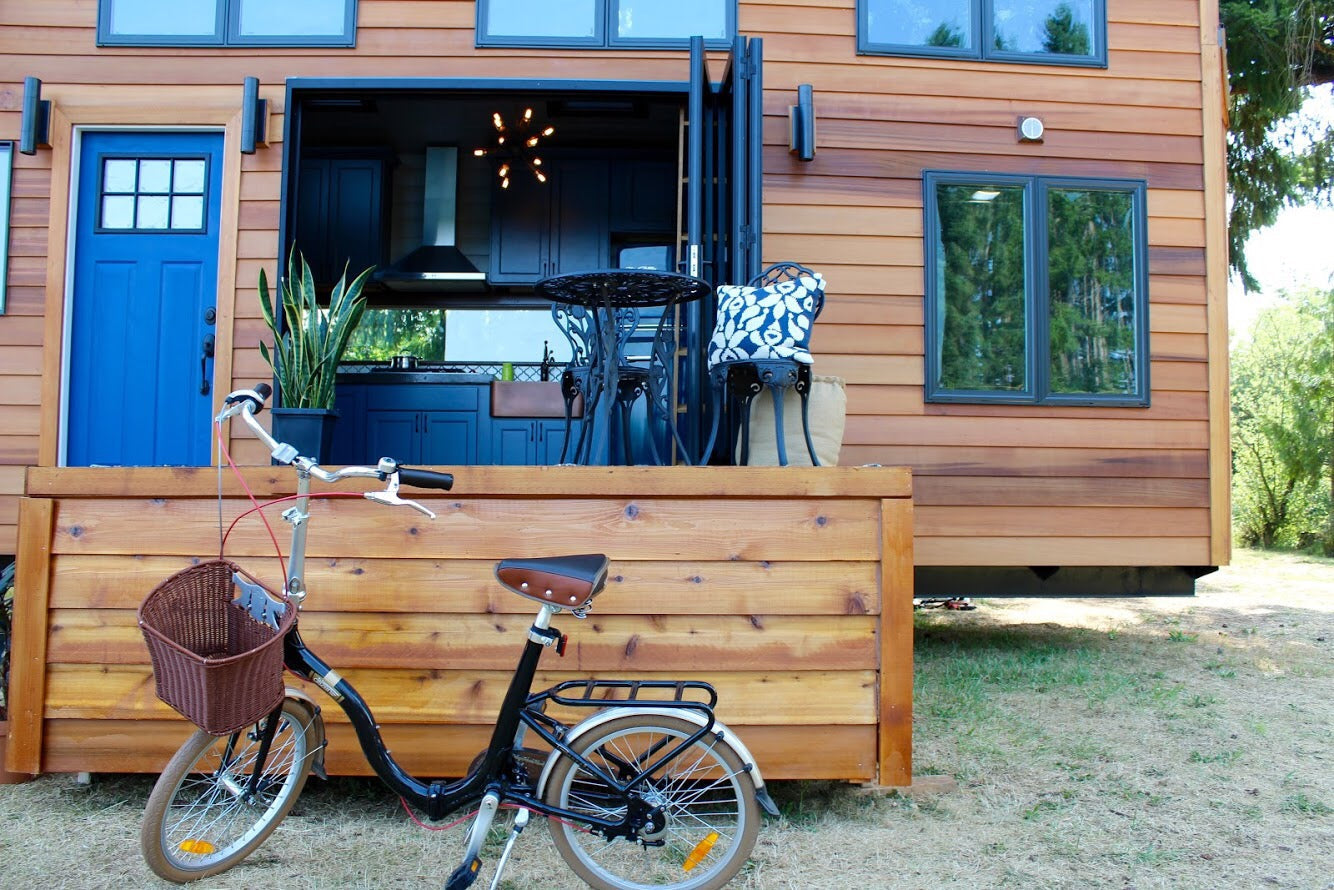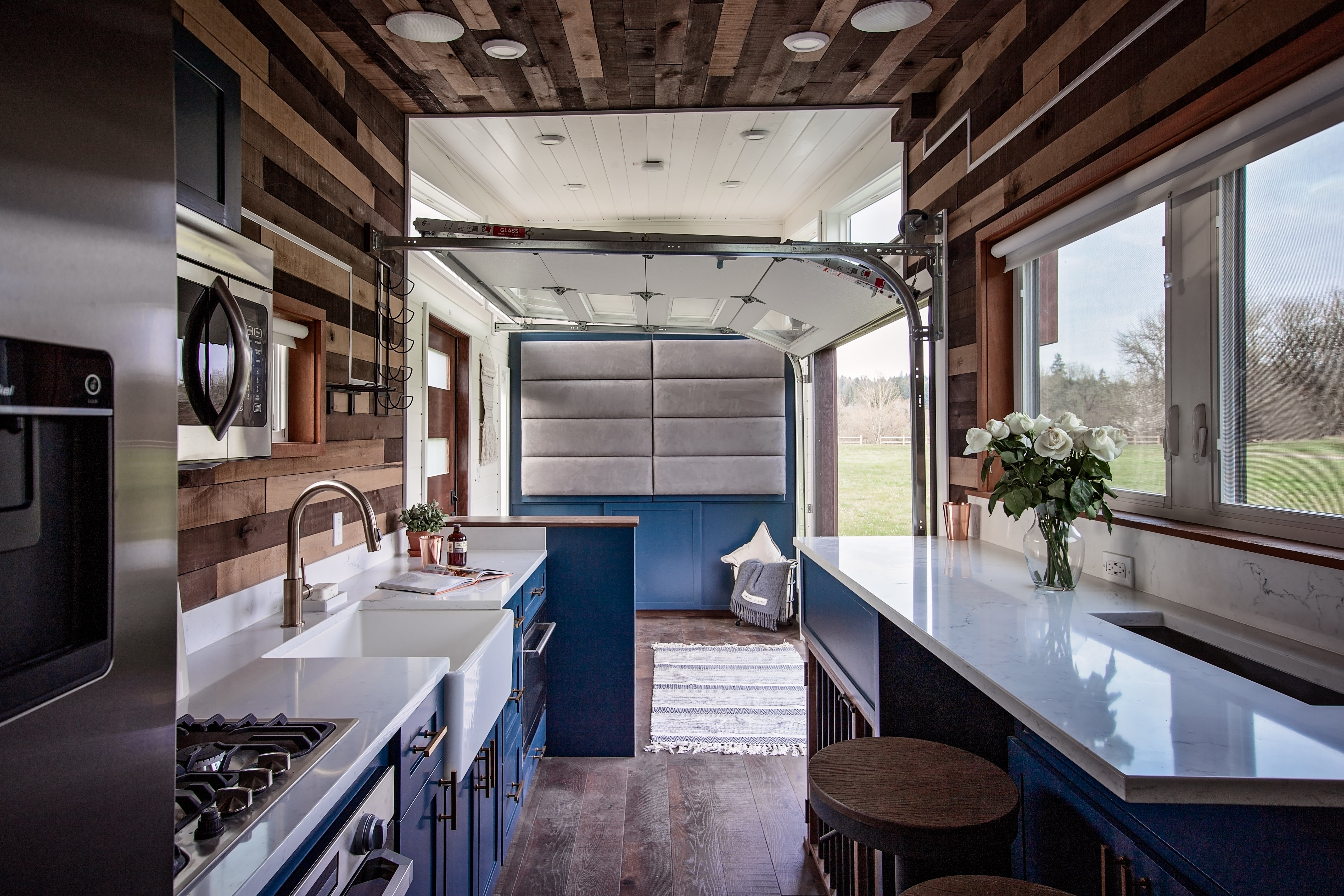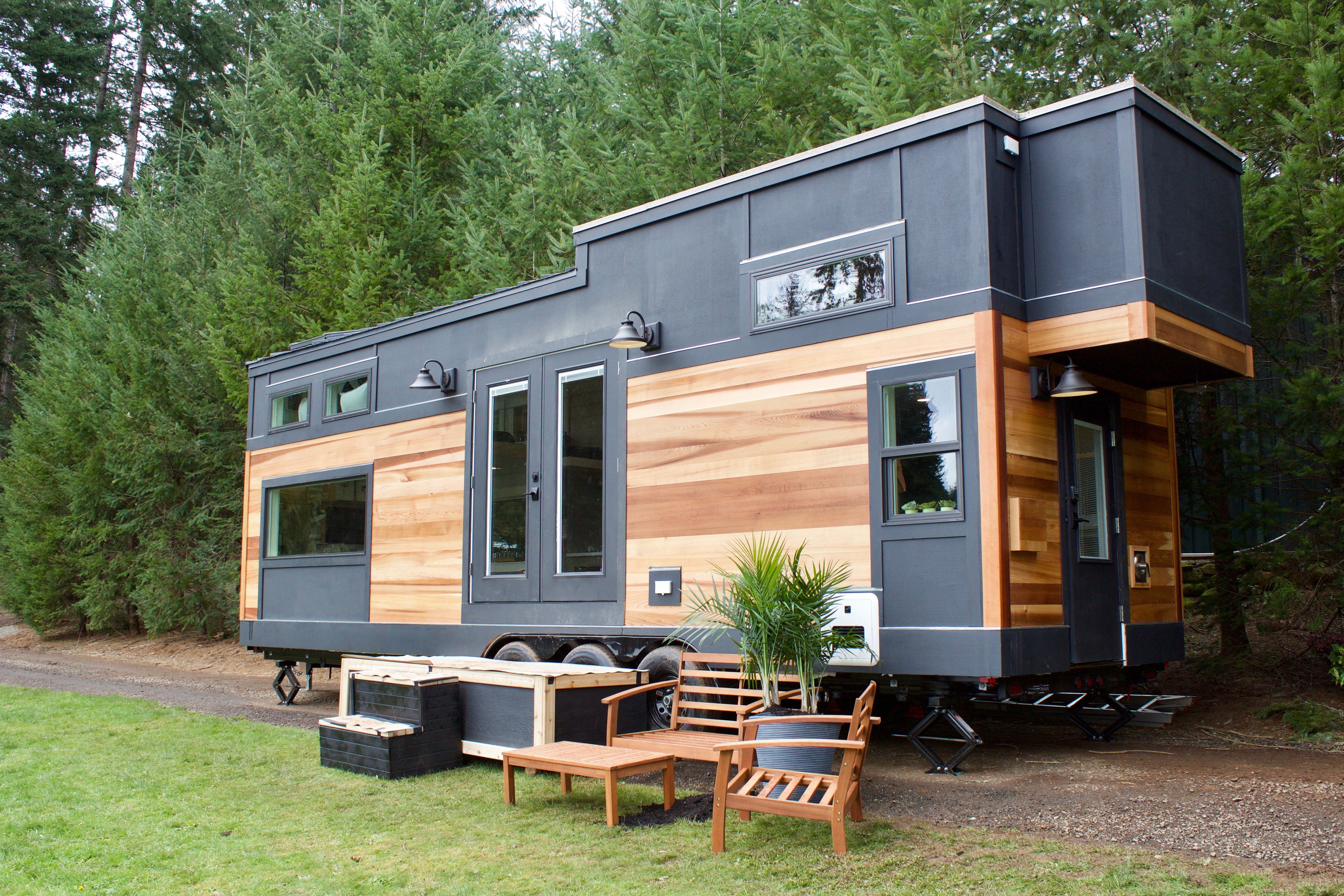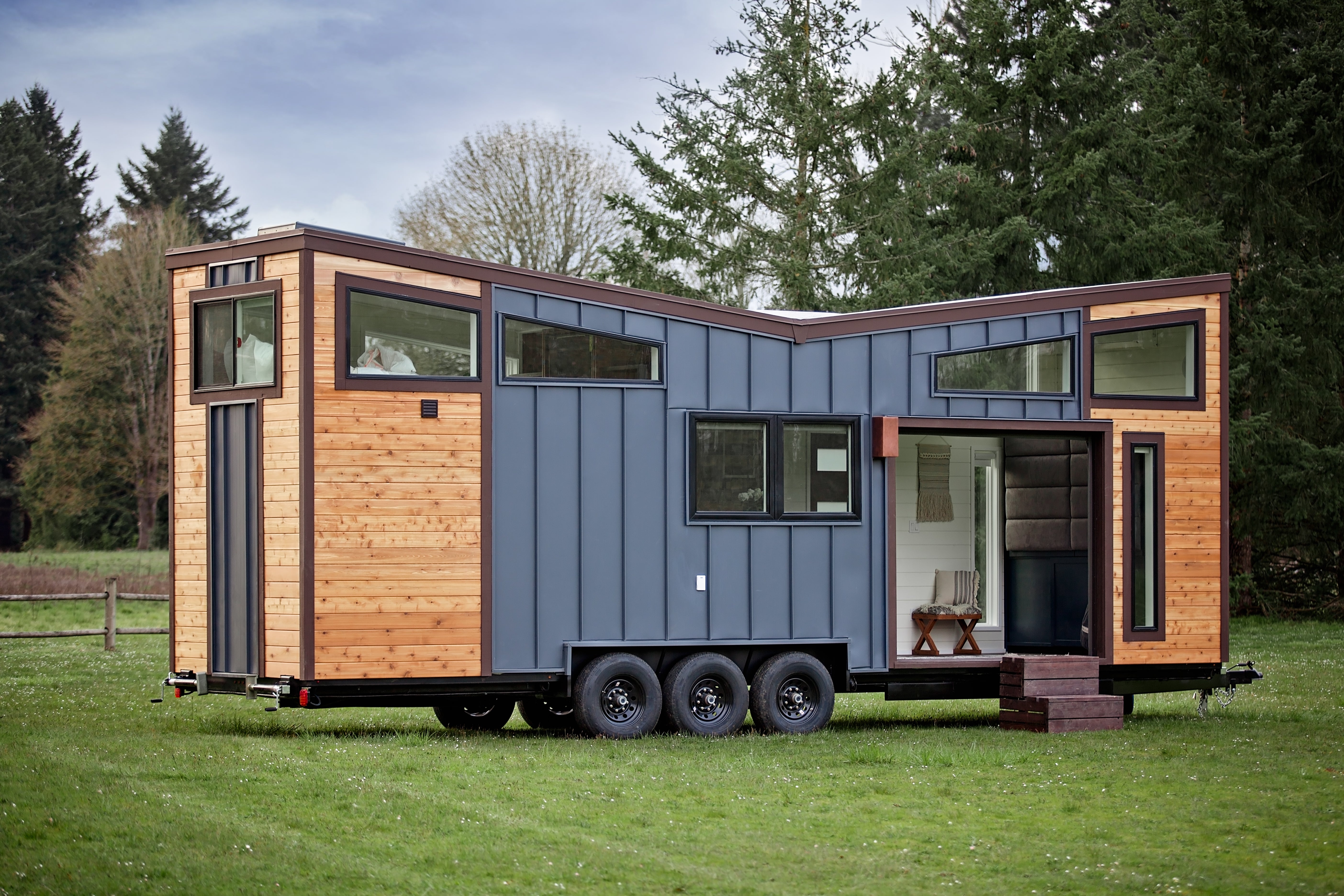For most people, the interior and exterior of a home are key influences when deciding to move. They check the house plan, ask about drainage systems, and landscaping. Nonetheless, other factors beyond the residence can impact your move.
For instance, the location. It can influence your life in many ways. Some of the issues may not be immediately obvious. Thus, this article discusses why location matters and highlights key factors to consider.
Why Location Deserves More Attention

The location impacts your move in the following ways:
Daily Convenience
Living in a tiny home requires you to make every decision carefully, as it impacts your comfort. For instance, you have less storage space, which means you may need to make several trips to the store every month.
Hence, quick and easy access to a mall or grocery store makes your move convenient. Imagine having to make a long trip during rush hour to get basic household items. When everyday conveniences are close at hand, it also makes your routine smooth, especially when you have family or work to consider.
Outdoor Space
The living area of a tiny home extends beyond the walls, as you have limited indoor space. Therefore, you want a location that allows you to live outdoors. It means staying near or within reach of a park, trail, or open land. These spaces become a place for you to breathe and move when you feel confined to your tiny home. However, ensure these places are not too close that they impact your comfort through noise and intrusion on privacy.
Sometimes, the location does not have to be a whole park or trail. It can be the surroundings outside your home. For instance, find out if the homes for sale near you have space to erect an outdoor dining area. Such a space allows you to entertain friends and family or enjoy nature without going to a park. It can also be an avenue for creativity. For instance, an outdoor garden or a gym can help you spend more time outdoors.
Access to Utilities and Services
Your home is more functional and comfortable when you have unlimited access to utilities. It is even more critical for a tiny home, as it has a special arrangement for basic utilities, such as waste disposal, compared to a traditional house. Hence, if you have limited access to such services, you may incur more costs to run your home. It may also be a health risk if the location lacks proper waste management services.
Look for a location that has reliable access to water. A rural or off-grid location may require you to install a water tank. An alternative may be drilling a well. Ensure these options are available if you do not have access to water. Further, consider how you access electricity. If your option is solar power, you need a location with abundant sunlight and minimal shade.
Another critical factor is internet access. If you are a remote worker, you require a stable connection. Thus, a rural location may be inconvenient or more expensive.

Climate and Weather Impact
The surrounding climate will affect your comfort. A tiny home presents an even bigger challenge because it has less insulation and a smaller space.
If it is extremely hot, the cooling system works harder, which increases your energy costs. When it gets extremely cold, you require heating, which also increases energy costs. Therefore, choose a location where the seasonal weather aligns with your level of comfort, if you prefer hot or cold conditions.
Another factor is humidity. It builds up quickly and may increase condensation on the structure. Within no time, mold grows, and living indoors becomes uncomfortable. The cooling systems also strain in a high-humidity location. Severe weather patterns, such as storms, may also impact tiny living. For instance, you may need to elevate the foundation to protect the structure from floods. If a region is windy and stormy, the anchoring system you select matters.
Community and Social Connection
There may be numerous recreational amenities you can explore alone, but living in a supportive community can also make daily life smoother. As such, you hope to live next to neighbors who are willing to share tools or offer advice on various DIY projects. You may also desire to live next to homeowners who can lend a hand during repairs to save time and money.
Such local networks become especially valuable when living in a tiny home because it has insufficient space to store all your DIY tools. You may not know your neighbors the first time you visit, but a glance at activities and interactions in the neighborhood can depict the kind of environment you are moving into. It becomes even more critical to evaluate the neighborhood if you have kids and would like them to feel safe when they explore or play outdoors.
In addition, living in an area with social events helps balance the compact nature of a tiny home. These may include weekend markets where neighbors trade what they grow in their gardens. You may also find volunteer gigs where the community comes together to help people in need. Further, you may be lucky to find a location with hobby clubs. The interactions help you feel you belong to the community. It is from these activities that you connect with neighbors.
Transportation and Mobility
Since tiny homes often occupy smaller lots, you may have limited or no parking space for your car. The alternatives are using public transport, riding a bike, or walking. Nonetheless, even if the location allows you to use a personal vehicle, it should allow other mobility options, such as walking.
These options require suitable infrastructure. For instance, there should be pedestrian walkways connecting your residential area with the nearest mall or store. They should be safe and well-lit for you to walk whenever you find it convenient. The highways and other major roads should also be accessible from your residence.

Local Regulations and Zoning
It's critical to understand local regulations and zoning policies, especially as a tiny homeowner. These regulations determine where you can place your home. They also define how to build it and if the law recognizes it as a permanent residence. As such, you may learn that the area requires you to erect your tiny home in a specific area designated for such builds.
There may also be restrictions on the kind of foundation to use and how to connect to local utilities. Failure to follow these local codes can earn you fines or eviction. Sometimes, the laws change after you have relocated and established your tiny living space. Hence, check local codes regularly, especially before you make any significant changes to your tiny residence.
Conclusion
The interior of your home is significant. The exterior, such as the landscaping, also influences your decision to buy a house. However, as you make this important decision, do not forget to factor in the location because everything that surrounds you influences your comfort. For instance, living a distance from major highways when you need public transport is inconvenient. Additionally, if you have limited storage space, such as in a tiny home, you should have easy access to stores and markets.






Share: